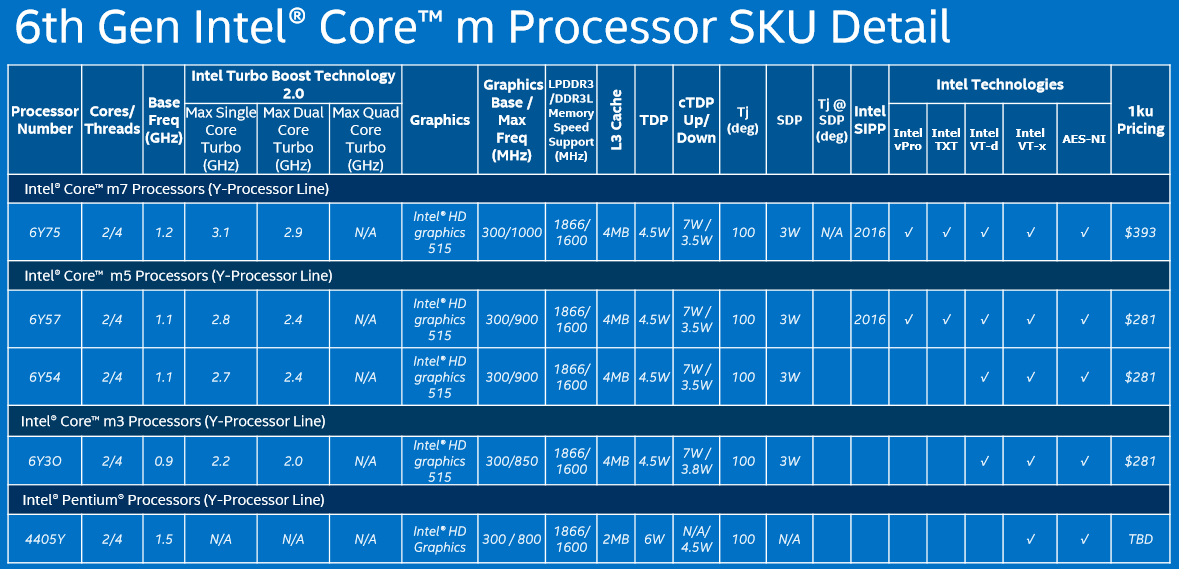It looks like choosing an ARM processor for the Pyra was a good choice.
http://www.pcworld.com/article/3063...-tablet-markets-after-cutting-atom-chips.html
http://www.pcworld.com/article/3063...-tablet-markets-after-cutting-atom-chips.html


